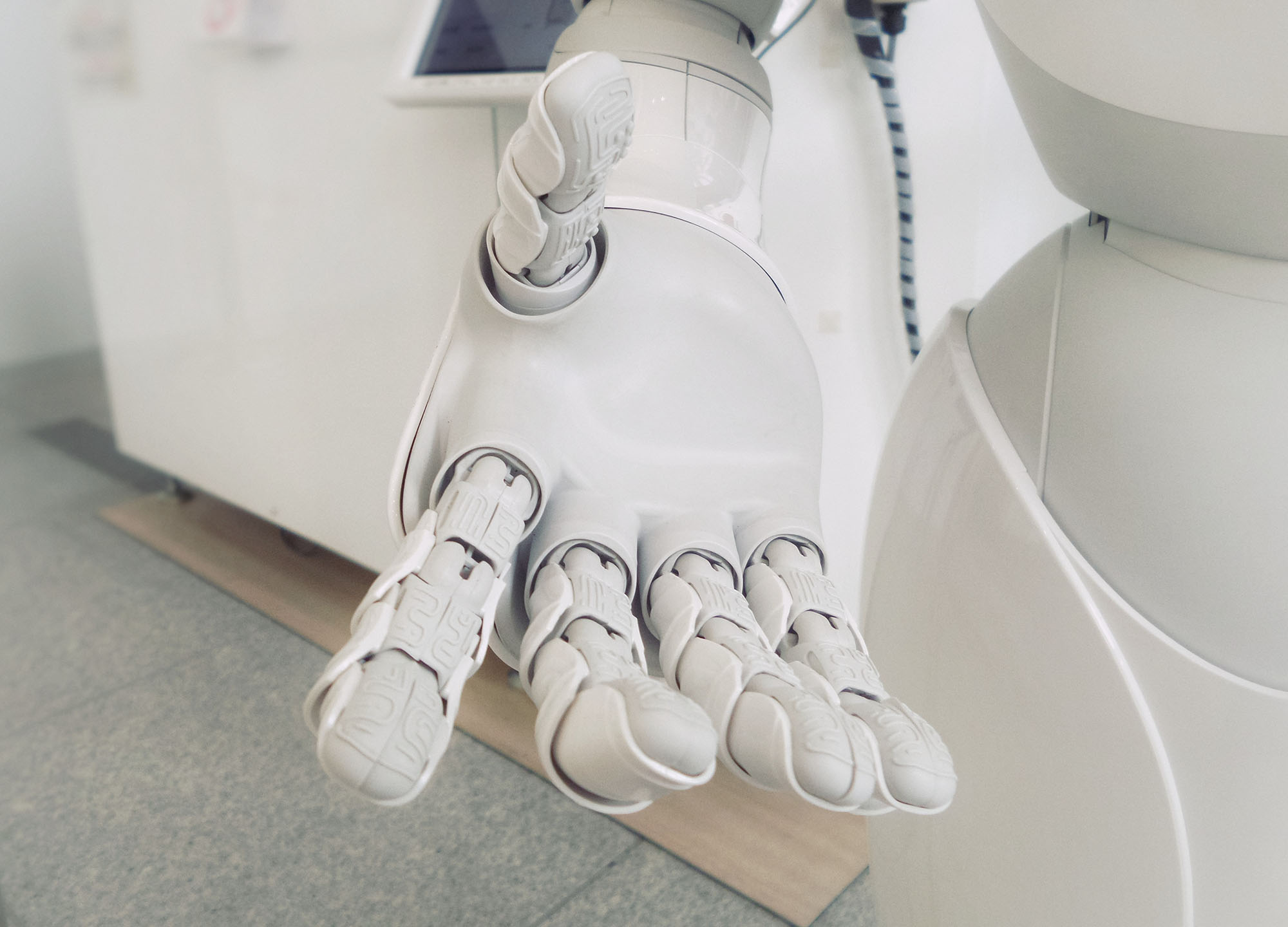Recognizing objects is among the most basic of survival skills for human beings and other animals. To date, artificial intelligence (AI) assisted high-performance object recognition is primarily visual however researcher Tiger H. Tao, Deputy Director of Shanghai Institute of Microsystems and Information Technology (SIMIT) and an investigator at the Tianqiao and Chrissy Chen Institute (TCCI), recently led his team in developing a “tactile-olfactory bionic intelligent mechanical hand”, which can recognize 11 types of objects including a human body in search and rescue scenarios. The team’s work was published on Nature Communications in January 2022.
According to Tiger H. Tao, the size and shape of the mechanical hand is similar to that of a human adult with five fingers. Inspired by the natural sense-fusion system of the star-nose mole, the hand’s tactile-olfactory, multi-dimensional sensory system enables real-time acquisition of data regarding the local topography, stiffness, and odor of a variety of objects without visual input.
Tested at a fire department rescue and recovery test site, the mechanical hand accurately recognized a trapped human body in a simulation and is now ready for actual emergency work. Tao said that they will upgrade the hand in the next step. For example, integrating it with a mechanized trolley to improve mobile efficiency. Additionally, other senses such as temperature, humidity and even audio will be integrated into the system to improve the efficiency and accuracy of its rescue work.
